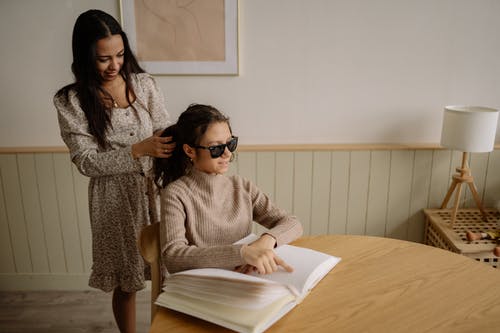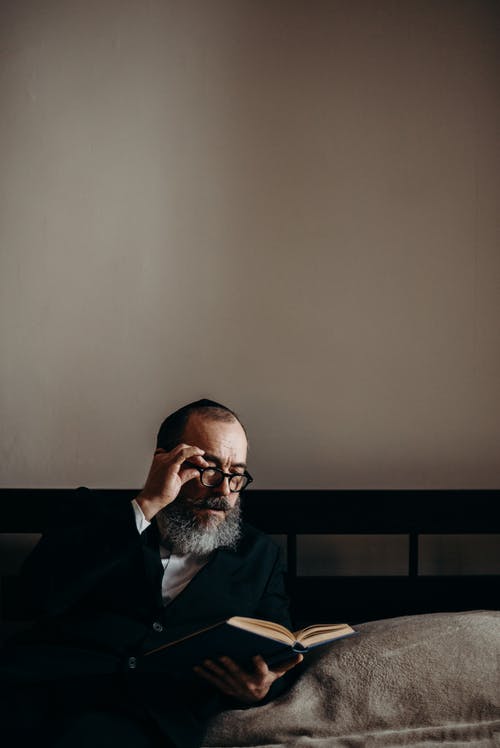Breakthrough study shows promise in helping to reestablish vision in those who are blind.
A new technology shows promise as it restores basic sight to an individual who is blind. A team of researchers from Spain and Utah have been working together to repair vision to a 57-year-old Berna Gomez, who has been sightless for 16 years, by connecting a camera with an assortment of microchips to her brain. After undergoing the experiment, Gomez was able to identify letters and the edges of objects, as well as play basic video games. She played such a large role in furthering their research that Gomez was named one of the co-authors of their journal article.
Should this technology work on a larger population of those who are blind, it could be one of the most significant developments in the history of prosthesis and potentially reestablish vision in 148 million people around the world. Blindness is the tenth-most common disability worldwide, according to the World Health Organization.
The instrument works by having a camera map information onto the visual cortex. The camera, which is still in its earliest stages, is duct taped to a pair of eyeglasses, and a microchip with 96 electrodes is implanted through mini-craniotomy. The team found that during and after a six-month span of experiments in Spain, Gomez was able to differentiate between the letters “I” and “L” as well as “O” and “C.”

“As a blind person you don’t know where a door is, or a window, or a person,” Gomez explained. “With this you would at least know something was there.”
“These results are very exciting because they demonstrate both safety and efficacy,” as the device restores vision, said one of the lead researchers, Eduardo Fernández of Miguel Hernández University.
“One goal of this research is to give a blind person more mobility,” said Dr. Richard Normann Ph.D. another lead researcher. “It could allow them to identify a person, doorways, or cars easily. It could increase independence and safety. That’s what we’re working toward.”
The team wrote that they were most satisfied by a lack of observable side effects of sticking a microchip on a part of the human brain. The electrode array stimulated neurons to produce phosphenes which in turn produced white points of light in Gomez’ vision,” they explained in their paper, published in the Journal of Clinical Investigation.
Gomez “was able to play a small video game, in which the baby character from The Simpsons, Maggie Simpson, appears for a moment with a gun in either her left or right hand, disappearing shortly after and leaving Gomez to press a button regarding which handheld the firearm,” the paper further states.
The team concludes, “Our results demonstrate the safety and efficacy of chronic intracortical microstimulation via a large number of electrodes in human visual cortex, showing its high potential for restoring functional vision in the blind.”
Fernández said, “We have taken a significant step forward, showing the potential of these types of devices to restore functional vision for people who have lost their vision.”
Sources:
Implanted Electrodes Could Offer Improved Vision for 148 Million Blind People
Blindness and vision impairment
Prosthetic Device Partially Restores Blind Biology Teacher’s Vision


Join the conversation!